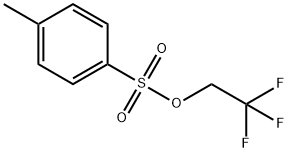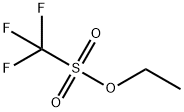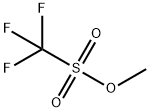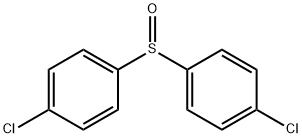Methyl Mercaptan , 5%inpropanediol , 74-93-1
Synonym(s):
Mercaptan C1;Methyl mercaptan
CAS NO.:74-93-1
Empirical Formula: CH4S
Molecular Weight: 48.11
MDL number: MFCD00004866
EINECS: 200-822-1
PRODUCT Properties
| Melting point: | −123 °C(lit.) |
| Boiling point: | 6 °C(lit.) |
| Density | 0.8665 |
| vapor density | 1.66 (vs air) |
| vapor pressure | 1536 mm Hg ( 20 °C) |
| FEMA | 2716 | METHYL MERCAPTAN |
| refractive index | 1.4020 (estimate) |
| Flash point: | <71℃ |
| solubility | Soluble in alcohol, ether (Weast, 1986), and petroleum naphtha (Hawley, 1981) |
| form | liquid |
| pka | 10.3(at 25℃) |
| Odor | at 0.01 % in propylene glycol. decomposing cabbage garlic |
| Odor Type | sulfurous |
| explosive limit | 21.8% |
| Odor Threshold | 0.00007ppm |
| Water Solubility | 23.30 g/L at 20 °C (quoted, Windholz et al., 1983) 0.330 mol/L at 25 °C (Hine and Weimar, 1965) |
| JECFA Number | 508 |
| Merck | 13,5983 |
| BRN | 1696840 |
| Henry's Law Constant | 3.03 (Hine and Weimar, 1965) |
| Exposure limits | TLV-TWA 0.5 ppm (~1.0 mg/m3 ) (ACGIH
and MSHA); ceiling 10 ppm (OSHA); IDLH
400 ppm (NIOSH); the revised IDLH is 150
ppm in analogy to H2S. |
| Stability: | Stable. Highly flammable - note low flash point. Reacts vigorously or explosively with a wide variety of materials - consult a full MSDS data sheet before using. Incompatible with strong oxidizing agents, alkali and alkaline earth metals, epoxides, hydrazines, ketones, lead, mercury (II) oxide, azo- and diazo- compounds, copp |
| LogP | 0.72 |
| CAS DataBase Reference | 74-93-1(CAS DataBase Reference) |
| EPA Substance Registry System | Methyl mercaptan (74-93-1) |
Description and Uses
Methanethiol (also known as methyl mercaptan) is a colorless gas with a smell like rotten cabbage. It is a natural substance found in the blood and brain of humans and other animals as well as plant tissues. It is disposed of through animal feces. It occurs naturally in certain foods, such as some nuts and cheese. It is also one of the main chemicals responsible for bad breath and the smell of flatus. The chemical formula for methanethiol is CH3SH; it is classified as a thiol. It is sometimes abbreviated as MeSH. It is very flammable.
Methanethiol is mainly used to produce methionine, which is used as a dietary component in poultry and animal feed. Methanethiol is also used in the plastics industry and as a precursor in the manufacture of pesticides. It is released as a by-product of wood pulping in pulp mills.
Methanethiol is also used for communication in mining operations . Releasing the substance into the ventilation system is generally the most efficient and reliable means to alert all workers of an emergency , and is referred to as "releasing the pest" ,This substance's strong odor alerts the miners to immediately go to a saferoom.
Since natural gas and propane are colorless and odorless, a small amount of methyl mercaptan or ethyl mercaptan is added to make it easy to detect a gas leak.
Safety
| Symbol(GHS) |     GHS02,GHS04,GHS06,GHS09 |
| Signal word | Danger |
| Hazard statements | H220-H280-H331-H410 |
| Precautionary statements | P210-P261-P273-P304+P340+P311-P403+P233-P410+P403 |
| Hazard Codes | F+,T,N |
| Risk Statements | 12-23-50/53 |
| Safety Statements | 16-25-60-61 |
| RIDADR | UN 2037 2.3 |
| OEL | Ceiling: 0.5 ppm (1 mg/m3) [15-minute] |
| WGK Germany | 3 |
| RTECS | PB4375000 |
| F | 13-27 |
| HazardClass | 2.3 |
| Hazardous Substances Data | 74-93-1(Hazardous Substances Data) |
| Toxicity | LC50 (inhalation) for mice 6,530 μg/m3/2-h, rats 675 ppm (quoted, RTECS, 1985). |
| IDLA | 150 ppm |





